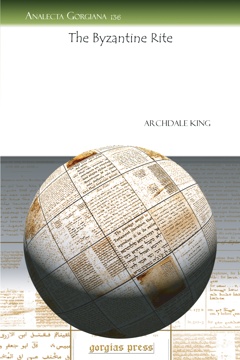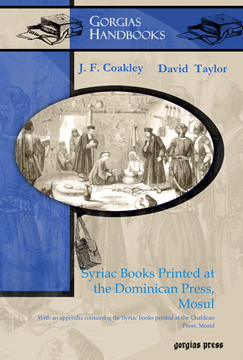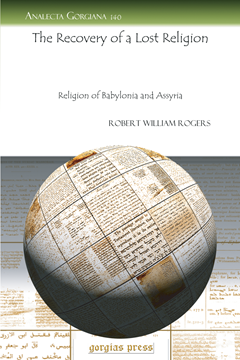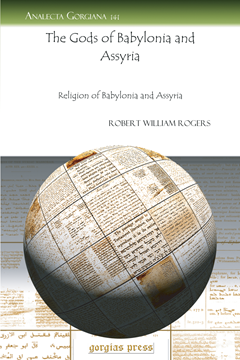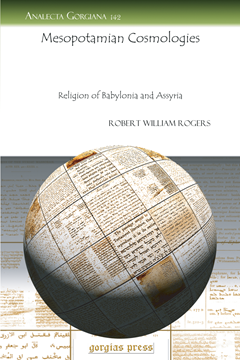The Armenian Rite
Series: Analecta Gorgiana 135
ISBN: 978-1-60724-098-3
In his classic introduction to Armenian Orthodox liturgies, King examines the liturgies of the Oriental Orthodox churches. In this volume the Ethiopic rite is considered. The rite is described and given a context in the setting of its native church.
$61.00 (USD) $36.60 (USD)
The Byzantine Rite
Series: Analecta Gorgiana 136
ISBN: 978-1-60724-099-0
In his classic introduction to Byzantine Orthodox liturgies, King examines the liturgies of the Oriental Orthodox churches. In this volume the Byzantine rite is considered. The rite is described and given a context in the setting of its native church.
$92.00 (USD) $55.20 (USD)
The Liturgy and Ritual of the Celtic Church
Third Edition with New Material
By Frederick Edward Warren; Introduction by Neil Xavier O'Donoghue
Series: Kiraz Liturgical Studies 64
ISBN: 978-1-60724-100-3
This is a new edition of Warren's classic study on the Liturgy and Ritual of the Celtic Church. A new introduction and up-to-date bibliography is provided. In addition two other important editions of early Irish liturgical books are reproduced in this volume: Bartholemew MacCarthy's edition of The Stowe Missal and Whitley Stokes edition of an old Irish Tractate on the Consecration of a Church.
$205.00 (USD) $123.00 (USD)
The Chaldean Rite
Series: Analecta Gorgiana 137
ISBN: 978-1-60724-101-0
In his classic introduction to Byzantine Orthodox liturgies, King examines the liturgies of the Oriental Orthodox churches. In this volume the Chaldean rite is considered. The rite is described and given a context in the setting of its native church.
$70.00 (USD) $42.00 (USD)
The Syro-Malabar Rite
Series: Analecta Gorgiana 138
ISBN: 978-1-60724-102-7
In his classic introduction to Byzantine Orthodox liturgies, King examines the liturgies of the Oriental Orthodox churches. In this volume the Syro-Malabar rite is considered. The rite is described and given a context in the setting of its native church.
$55.00 (USD) $33.00 (USD)
Syriac Books Printed at the Dominican Press, Mosul
With an appendix containing the Syriac books printed at the Chaldean Press, Mosul
Series: Gorgias Handbooks 14
ISBN: 978-1-60724-104-1
Since the 1850s until the outbreak of World War I, the Dominican Press in Mosul, Iraq, produced scholarly, liturgical, and pedagogical publications to service the local Christian communities. These hard to find publications have now been cataloged in detail by J. F. Coakley and David G. K. Taylor.
$98.00 (USD) $58.80 (USD)
The Recovery of a Lost Religion
Religion of Babylonia and Assyria
Series: Analecta Gorgiana 140
ISBN: 978-1-60724-106-5
Originally the first in a series of five lectures delivered at Harvard University, this extract is an early attempt to tackle a formidable subject: the religion of ancient Iraq, or Mesopotamia. Rogers begins this exploration with a summary of the rediscovery of the religions of Babylonia and Assyria. Step by step he rehearses the rediscovery and recovery of ancient Babylon and Nineveh. Engaging and informative, Rogers’ narrative is accessible to the specialist and general reader alike.
$42.00 (USD) $25.20 (USD)
The Gods of Babylonia and Assyria
Religion of Babylonia and Assyria
Series: Analecta Gorgiana 141
ISBN: 978-1-60724-107-2
Originally the second in a series of five lectures delivered at Harvard University, this extract is an early attempt to tackle a formidable subject: the religion of ancient Iraq, or Mesopotamia. Rogers introduces the reader to Sumer and Babylonia, noting the early kings and their deities. This essay then engages in an historical rendering of the gods of the dominant cities of Babylonia and Assyria. Engaging and informative, Rogers’ narrative is accessible to the specialist and general reader alike.
$43.00 (USD) $25.80 (USD)
Mesopotamian Cosmologies
Religion of Babylonia and Assyria
Series: Analecta Gorgiana 142
ISBN: 978-1-60724-108-9
Originally the third in a series of five lectures delivered at Harvard University, this extract is an early attempt to tackle a formidable subject: the religion of ancient Iraq, or Mesopotamia. In this essay Rogers considers the great cosmologies of ancient Mesopotamia. In an easy narrative style, he recounts the discovery of the Enuma Elish and providing a brief summary of its contents. He makes a comparison of this cosmology with those of Genesis, demonstrating the interconnectedness of the ancient world of western Asia. Engaging and informative, Rogers’ narrative is accessible to the specialist and general reader alike.
$43.00 (USD) $25.80 (USD)
Mesopotamian Sacred Books
Religion of Babylonia and Assyria
Series: Analecta Gorgiana 143
ISBN: 978-1-60724-109-6
Originally the fourth in a series of five lectures delivered at Harvard University, this extract is an early attempt to tackle a formidable subject: the religion of ancient Iraq, or Mesopotamia. Noting that sacred writings are nearly universal among religions, Rogers offers a brief exposition on the sacred writings of the ancient Mesopotamians. Engaging and informative, Rogers’ narrative is accessible to the specialist and general reader alike.
$41.00 (USD) $24.60 (USD)

